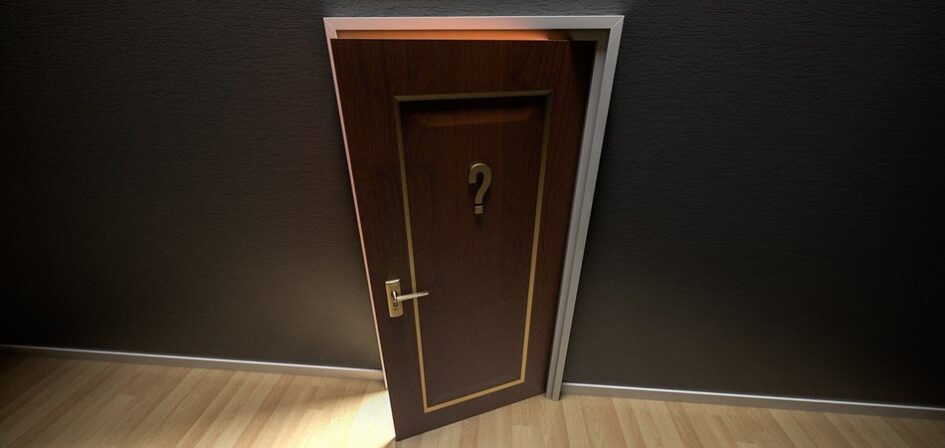Incentive programs are designed to get people to do something. Sell more. Call more. Research more. Fill out paperwork more. But I think humans may be hard-wired to not change.
I think humans look at inaction more favorably than action. I other words, not changing is a less risky proposition to most participants.
I think we default to not changing because the consequences of inaction are fairly certain. I know what inaction looks like because it’s happening right now, in real time. I can see what the outcome of my inaction is right now and like the saying goes – if the pain of change is perceived as greater than the pain of staying the same, I will stay the same. I would paraphrase and say when the risk of change is greater than the risk of not changing – not changing wins!
And since the gains associated with the change are likely only realized after a time, I can’t really see the impact. Therefore, I am afraid of the risk and therefore don’t change.
How does this affect how you design a program?
Simple. Knowing this little factoid means if you ask someone to change their behavior provide a reason why it will benefit them. Fill in the uncertain. And then fill in the time frame.
Example:
Earn 100 points if you fill out this form.
When that form is filled out customers will get their product right and your workload will decrease next week – and every week after that – because you’re not dealing with lost or miss-shipped merchandise.
See what we did there?
The participant knows what will happen and when. Risk gone. Behavior changed.
You should try this in your next incentive program because you will see an increase in adoption of the target behavior immediately resulting in better program results in the short and long term.





Recent Comments